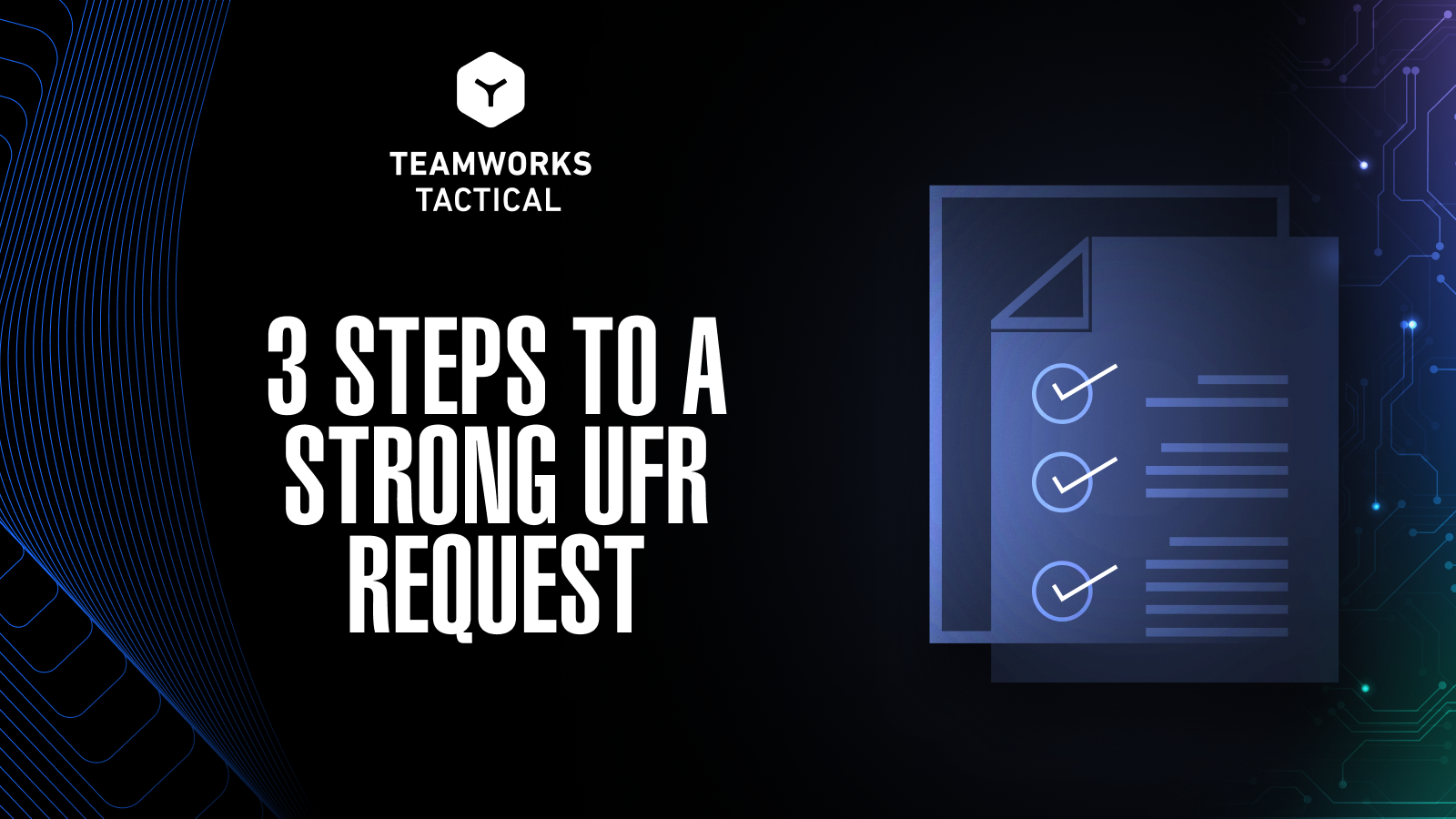Preparing a UFR request can be a powerful way to secure funding for new or expanding human performance efforts within military or government agencies. This overview outlines key steps and strategies to help teams prepare a UFR request that’s timely, complete, and competitive within the current fiscal year.
Step 1: Consult Your Financial Team
Start by talking with your Financial Managers, Comptrollers, or Logistics/Contracting Staff. These team members manage the budget and contracting process, and they can guide you through:
- Getting itemized cost estimates with clear explanations
- Identifying whether you’ll need a sole-source justification (if three vendors aren’t possible)
- Choosing the correct contract vehicle and understanding its ceiling, documentation, and funding limitations
Know What’s Required
Before you move forward, make sure you’ve answered these questions:
- Who has to sign what document(s) and when?
- Are any apporvers on leave or TDY ahead of the deadline?
- Where will your request be tracked after submission?
- When will I know if my UFR was approved, and how quickly must the funds be obligated?
- What’s the last day those funds can be used?
Common Mistakes to Avoid
- Waiting to long to start: Don’t wait to hear about funding, prepare early and ask questions now
- Leaving out administrative or transactional costs: These fees are often required for government purchases. If you don’t include them, you might not receive enough funds to complete the purchase
- Skipping the sole-source process: If you can’t provide three quotes, you’ll likely need to justify your vendor. Delays in preparing that justification can slow everything down
- Assuming UFRs stop at your level: Even if your initial request isn’t approved, ask your Financial Manager about higher-level timelines or potential fallout funds
Step 2: Prepare a UFR Request
After you get your cost estimates, begin assembling the required materials. Your goal is a submission that’s complete, compliant, and ready to move quickly.
What to Include in Your Request
- Itemized vendor estimates
- Justification documents aligned with your organization’s priorities
- Supporting materials like quad slides, spreadsheets, or formatted templates
- Approvals in the required format, with correct font sizes, page counts, and attachments
Learn from Others
Ask peers who have submitted successful UFRs what worked (or didn’t). Request examples or templates from your Financial Manager or Comptroller. Avoid exaggerating your need, phrases like “mission critical” won’t help unless they match regulations.
Build a Checklist
Work with your finance and contracting team to build a clear task list. When funding is approved, you’ll need to move quickly. A solid checklist prevents last-minute confusion.
Step 3: Submit and Follow Through
Once submitted, your request enters a fast moving phase. Therefore, regularly check win with your Financial Manager or Comptroller to stay informed.
Assign Roles and Monitor Progress
If you’ll be out of office, add a teammate to the request thread. Make sure they have all your materials and know their role. Know exactly who will obligate and execute funds if you’re approved.
Don’t Miss the Close-Out Process
If you’re funded, submit your final paperwork promptly. Delays can jeopardize your eligibility for future UFR cycles. However, if you aren’t funded and have no alternate sources like RDT&E, be ready to revisit your request next fiscal year.
Use the Right Contracting Vehicle
Ask your team which vehicle to use:
- NASA SEWP– IT products/services contract vehicle (Teamworks is partnered with AlphaSix)
- GPC: For small, simple purchases, often used for pilot programs
- Existing Teamworks Contract: Modify or add funding if you’re already a customer
Need Help Getting Started?
To simplify the request process, contact a Teamworks Tactical Sales Representative who can provide pre-built request templates and personalized guidance to get you started.
